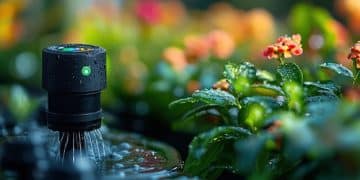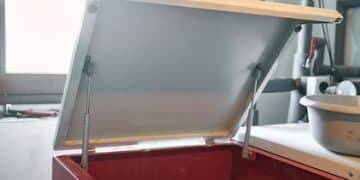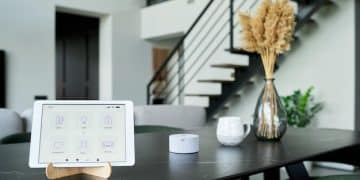Build a DIY Smart Air Purifier with Automated Filtration for $150
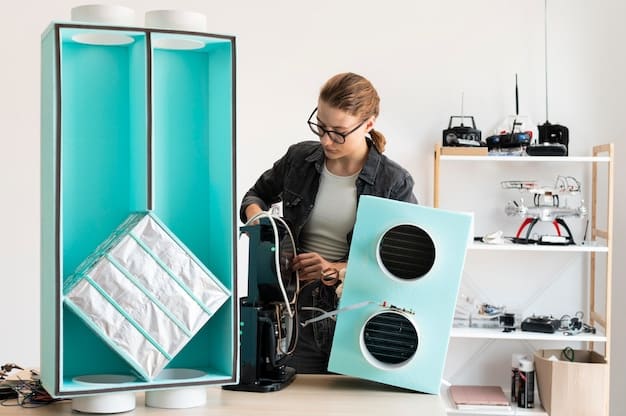
Building a DIY smart air purifier with automated filtration for $150 involves assembling readily available components like a box fan, HEPA filter, and microcontroller to create a cost-effective and customizable air purification system.
Are you looking to improve the air quality in your home without breaking the bank? You can build a DIY smart air purifier with automated filtration for $150. This project combines affordability with the functionality of high-end commercial units.
Why Build a DIY Smart Air Purifier?
Building your own smart air purifier offers several advantages over purchasing a commercial unit. It’s not just about saving money; it’s also about customization and control. Let’s explore the key reasons why this DIY project is worth considering.
Commercial air purifiers can be expensive, but by building your own, you can significantly reduce the cost while still achieving comparable or even superior performance. Plus, you gain a deeper understanding of how air purification works.
Cost Savings
The primary motivator for many DIY enthusiasts is the cost. A high-quality commercial air purifier can easily cost hundreds of dollars. By sourcing your own components, you can assemble a comparable unit for a fraction of the price.
Customization and Control
When you build your own air purifier, you have complete control over the components used. You can select the specific HEPA filter that meets your needs, choose a fan with the appropriate airflow, and even integrate smart features like automated filtration based on air quality sensor data.
Understanding Air Purification
Building a DIY air purifier is an educational experience. You’ll learn about air filtration, particulate matter, and the importance of maintaining good indoor air quality. This knowledge can empower you to make informed decisions about your home environment.
- Save money compared to commercial air purifiers.
- Customize your air purifier to meet specific needs.
- Gain a deeper understanding of air purification technology.
Ultimately, building a DIY smart air purifier is a rewarding project that combines practicality with hands-on learning. It allows you to create a customized solution that addresses your specific air quality concerns while staying within a reasonable budget.
Essential Components for Your DIY Air Purifier
To build a DIY smart air purifier with automated filtration for $150, you’ll need to gather a few essential components. Each component plays a crucial role in the overall effectiveness of the purifier. Let’s take a closer look at what you’ll need.
The core components include a box fan, a HEPA filter, and a microcontroller for the “smart” functionality. Additional items like sensors, wiring, and a power supply are also required.
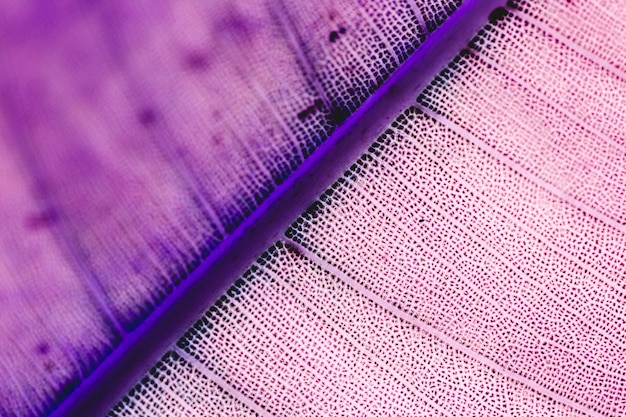
Box Fan
The box fan is the engine that drives the air through the filter. Choose a standard 20-inch box fan that provides sufficient airflow. Look for a fan with multiple speed settings to adjust the filtration rate based on your needs.
HEPA Filter
The HEPA (High-Efficiency Particulate Air) filter is the most critical component for removing pollutants from the air. Ensure that the filter is certified to meet HEPA standards, meaning it can capture at least 99.97% of particles as small as 0.3 microns. Common pollutants captured by HEPA filters include dust, pollen, pet dander, mold spores, and smoke particles.
Microcontroller
A microcontroller, such as an Arduino or Raspberry Pi, is the heart of the “smart” functionality. It allows you to automate the filtration process based on data from air quality sensors. The microcontroller can control the fan speed, monitor air quality, and even send alerts when the filter needs to be replaced.
- Box Fan: Provides necessary airflow.
- HEPA Filter: Captures harmful airborne particles.
- Microcontroller: Enables automated filtration.
By carefully selecting these components, you can create a high-performance DIY smart air purifier that effectively cleans the air in your home.
Step-by-Step Guide to Building Your Air Purifier
Now that you have all the necessary components, it’s time to assemble your DIY smart air purifier. This step-by-step guide will walk you through the process, from attaching the filter to integrating the smart features.
The assembly process involves securing the HEPA filter to the box fan, connecting the air quality sensors to the microcontroller, and programming the microcontroller to automate the filtration process.
Attaching the HEPA Filter
The first step is to securely attach the HEPA filter to the intake side of the box fan. You can use duct tape, bungee cords, or a custom-built frame to hold the filter in place. Ensure that there are no gaps between the filter and the fan to prevent unfiltered air from bypassing the filter.
Connecting Air Quality Sensors
If you’re adding smart features, you’ll need to connect air quality sensors to the microcontroller. These sensors measure the levels of particulate matter (PM2.5 and PM10) and volatile organic compounds (VOCs) in the air. Connect the sensors to the appropriate pins on the microcontroller and ensure that they are properly calibrated.
Programming the Microcontroller
The final step is to program the microcontroller to automate the filtration process. Write code that reads data from the air quality sensors and adjusts the fan speed accordingly. For example, you can set the fan to run at high speed when the air quality is poor and slow down when the air quality is good. You can also program the microcontroller to send alerts when the filter needs to be replaced.
- Securely attach the HEPA filter to the box fan.
- Connect air quality sensors to the microcontroller.
- Program the microcontroller to automate filtration.
With these steps, you’ll have a fully functional DIY smart air purifier that can help improve the air quality in your home. Remember to regularly clean or replace the HEPA filter to maintain optimal performance.
Integrating Smart Features: Automation and Monitoring
One of the key benefits of building a DIY air purifier is the ability to integrate smart features. These features can automate the filtration process based on real-time air quality data, making your air purifier more efficient and effective.
Smart features can include automated fan speed control, air quality monitoring, and filter replacement alerts. These features are made possible by integrating air quality sensors and a microcontroller.
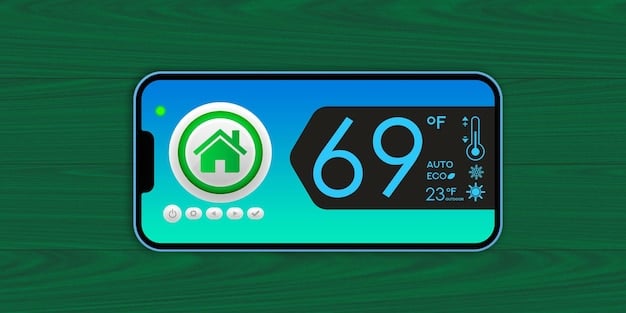
Automated Fan Speed Control
By connecting air quality sensors to the microcontroller, you can automate the fan speed based on the levels of pollutants in the air. When the air quality is poor, the fan speed can be increased to provide more rapid filtration. When the air quality is good, the fan speed can be reduced to save energy and reduce noise.
Air Quality Monitoring
The microcontroller can also be programmed to continuously monitor air quality and display the data on a screen or send it to a mobile app. This allows you to track the effectiveness of your air purifier and make adjustments as needed.
Filter Replacement Alerts
HEPA filters need to be replaced periodically to maintain their effectiveness. The microcontroller can track the lifespan of the filter based on usage and air quality data, and send alerts when it’s time to replace the filter.
- Automate fan speed based on air quality.
- Monitor air quality in real-time.
- Receive alerts when the filter needs replacement.
By integrating these smart features, you can create a highly effective and convenient air purification system that automatically adapts to your environment.
Troubleshooting and Maintenance Tips
Like any electronic device, a DIY smart air purifier may encounter occasional issues. This section provides troubleshooting tips and maintenance advice to keep your air purifier running smoothly.
Common issues include fan malfunctions, sensor errors, and filter clogging. Regular maintenance, such as cleaning or replacing the filter, can help prevent these issues.
Fan Malfunctions
If the fan stops working or makes unusual noises, check the power supply and the fan motor. Ensure that the fan blades are not obstructed by debris. If the fan is damaged, it may need to be replaced.
Sensor Errors
If the air quality sensors are not providing accurate readings, check the connections and ensure that the sensors are properly calibrated. Refer to the sensor’s datasheet for troubleshooting tips. In some cases, the sensors may need to be replaced.
Filter Clogging
HEPA filters can become clogged with dust and particulate matter over time, reducing their effectiveness. Regularly inspect the filter and clean or replace it as needed. The frequency of filter replacement will depend on the air quality in your environment.
- Check the power supply and motor for fan issues.
- Calibrate or replace air quality sensors.
- Regularly clean or replace the HEPA filter.
By following these troubleshooting and maintenance tips, you can ensure that your DIY smart air purifier continues to provide clean and healthy air for years to come.
The Benefits of Clean Air: Health and Well-being
Investing in a DIY smart air purifier is an investment in your health and well-being. Clean air has numerous benefits, from reducing allergy symptoms to improving sleep quality.
Clean air can reduce exposure to harmful pollutants, alleviate respiratory issues, and enhance overall comfort and productivity.
Reduced Allergy Symptoms
HEPA filters can effectively remove allergens like pollen, dust mites, and pet dander from the air, reducing allergy symptoms such as sneezing, coughing, and itchy eyes.
Improved Respiratory Health
By removing particulate matter and other pollutants from the air, air purifiers can improve respiratory health, particularly for individuals with asthma or other respiratory conditions.
Enhanced Sleep Quality
Clean air can also improve sleep quality by reducing nighttime coughing and congestion. A good night’s sleep is essential for overall health and well-being.
- Reduce allergy symptoms.
- Improve respiratory health.
- Enhance sleep quality.
Ultimately, the benefits of clean air extend beyond physical health. A clean and comfortable indoor environment can also improve mood, productivity, and overall quality of life.
| Key Point | Brief Description |
|---|---|
| 💰 Cost-Effective | Build a smart air purifier for around $150. |
| ⚙️ Customizable | Tailor the components to your specific needs. |
| 💨 Smart Features | Automated filtration and monitoring capabilities. |
| 🏠 Health Benefits | Improved air quality leads to better health and well-being. |
Build a DIY Smart Air Purifier with Automated Filtration for $150
Is it cheaper to build your own air purifier?
Answering the cost effectiveness of building your own filter.
How do I maintain my Smart DIY Air Purifier
Tips on troubleshooting and maintenance regarding your newly built air purifier.
Can air Purifiers actually improve allergies?
Going over the many different benefits of using air purifiers.
Is the HEPA filter actually necessary for a DIY Air Purifier?
Going over the most crucial parts in the filtration system.
What fan setup should I use for my DIY Air Purifier?
Discussing some helpful knowledge to aid your success in creating your own air purifier
Building a DIY smart air purifier with automated filtration for $150 is an achievable project that offers numerous benefits. From cost savings and customization to improved air quality and enhanced well-being, this DIY project is a worthwhile endeavor for anyone looking to create a healthier and more comfortable home environment.
Read more content

